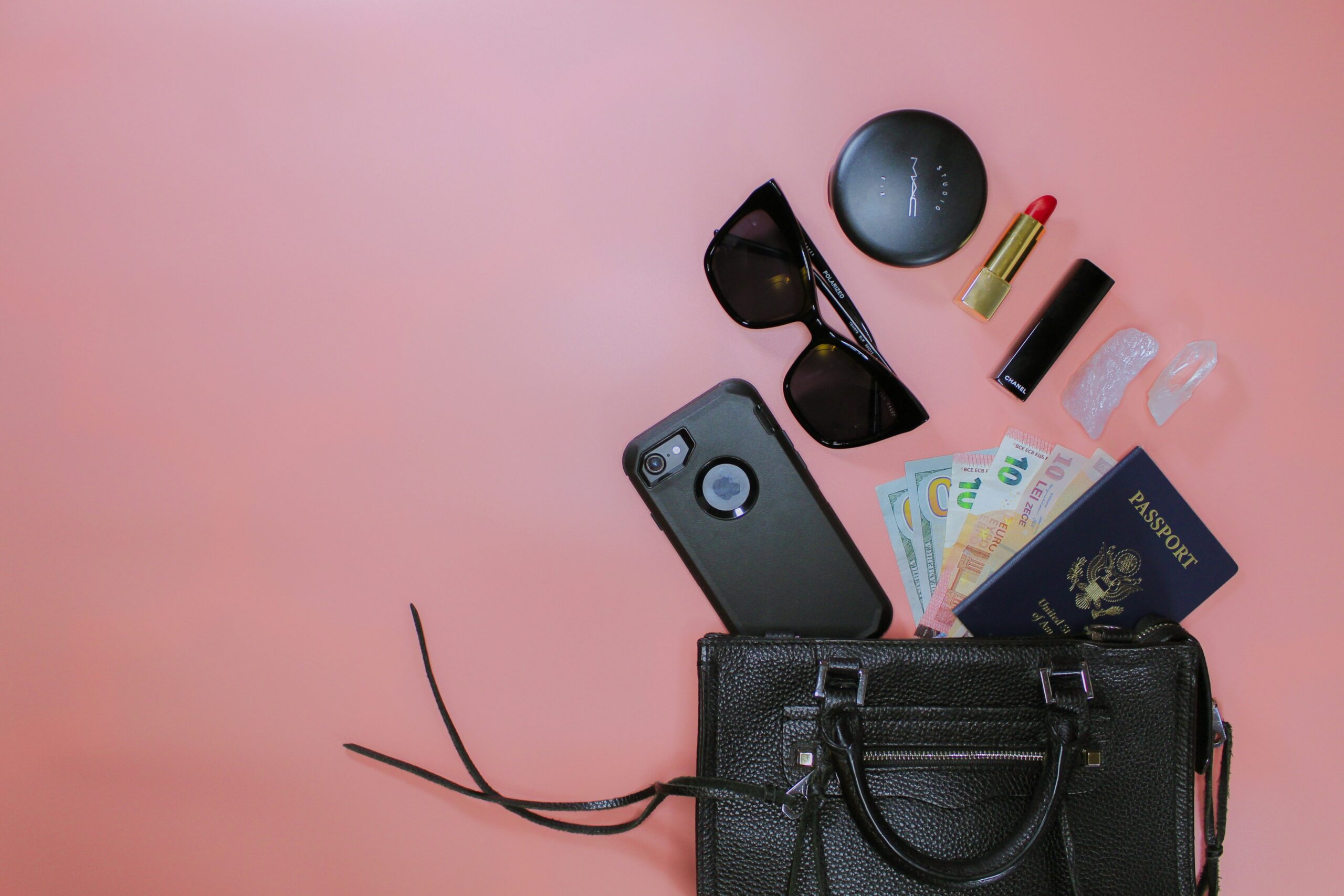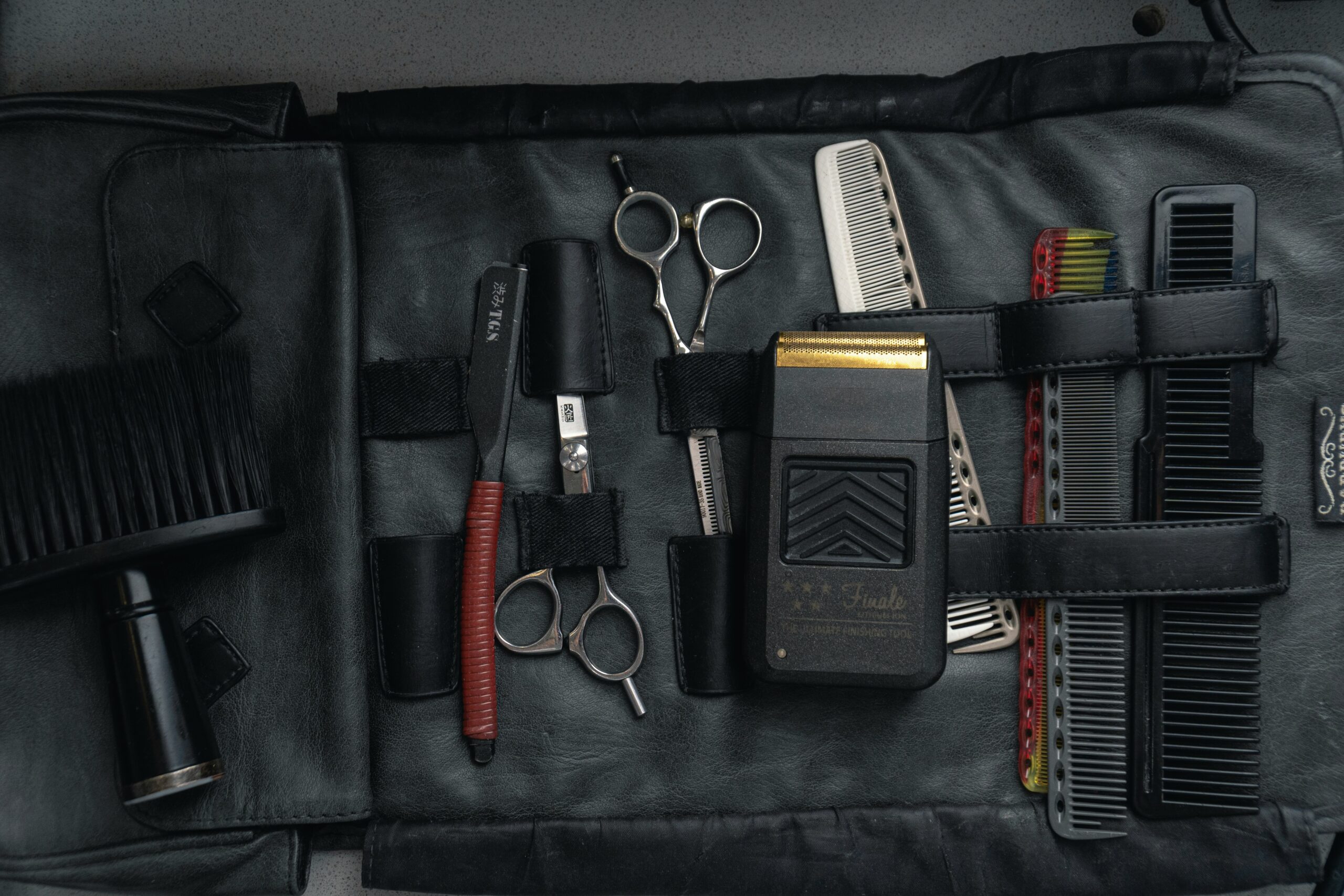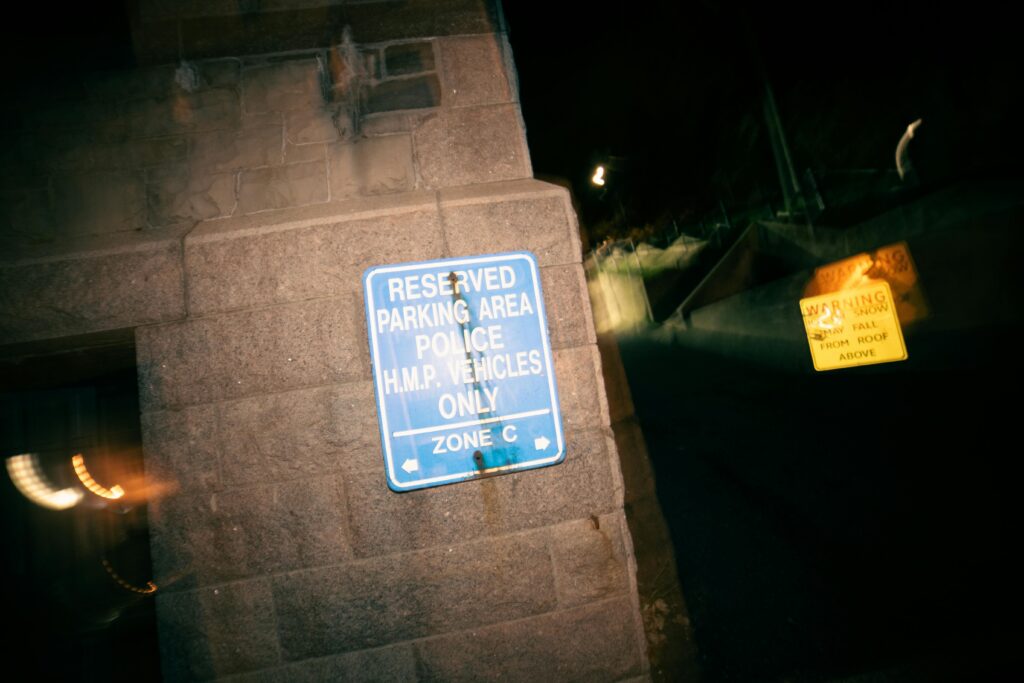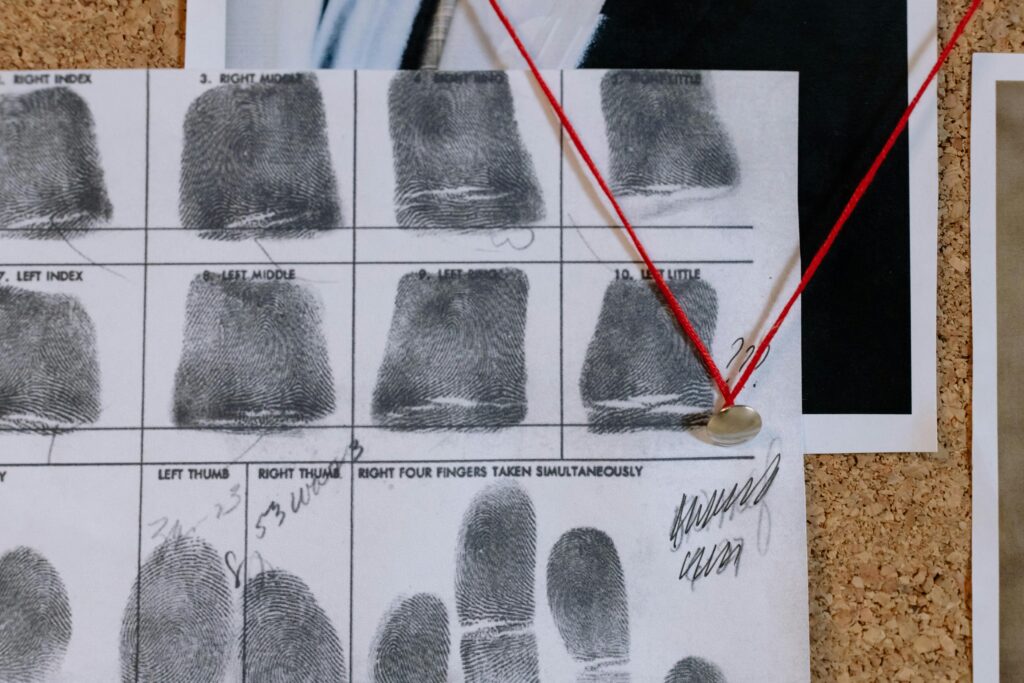Ever felt the chill of realizing you’re stranded in an unfamiliar country with no backup plan? Yeah, it’s not just you. Statistics show that one in five travelers encounter safety issues abroad—and no amount of frequent flyer miles can save you from a real crisis. But here’s something that might: kidnap and ransom insurance.
In this post, we’ll explore how travel safety tools like credit cards and kidnap and ransom insurance go hand-in-hand to protect you on your adventures. By the end, you’ll understand why stuffing your wallet with plastic isn’t enough—and what *real* peace of mind looks like. Let’s dive in!
Table of Contents
- Key Takeaways
- What Are Travel Safety Tools?
- How to Build a Solid Travel Safety Toolkit
- 5 Best Practices for Staying Safe While Traveling
- Real Stories: When Travel Safety Tools Saved the Day
- Frequently Asked Questions About Kidnap and Ransom Insurance
Key Takeaways
- Kidnap and ransom insurance is a specialized travel safety tool often overlooked by tourists.
- Credit cards offer perks but shouldn’t be your only line of defense when traveling.
- Proper planning includes understanding local risks, carrying adequate coverage, and knowing emergency protocols.
- Travelers who invest in robust safety measures report higher confidence and reduced stress during trips.
What Are Travel Safety Tools?
“Travel safety tools” sound techy, right? But they’re basically anything that helps keep you secure while exploring new horizons. Think beyond apps or gadgets; sometimes, these tools are policies—like insurance plans tailored for extreme situations.

Unfortunately, many people rely solely on their credit cards for emergencies. And sure, some premium cards provide roadside assistance or trip cancellation benefits. But what about kidnappings? Political unrest? Natural disasters? That’s where specialized products like kidnap and ransom (K&R) insurance come into play.
How to Build a Solid Travel Safety Toolkit
Step 1: Assess Your Destination’s Risks
Before packing sunscreen, do your homework. Research crime rates, political stability, and natural hazard zones in the areas you’ll visit. Spoiler alert: A beach vacation doesn’t mean you’re immune to danger.
Step 2: Invest in Kidnap and Ransom Insurance
Now comes the awkward part—shopping for K&R insurance. Sounds morbid, but hear me out. This type of policy covers negotiations, ransoms, and even counseling after traumatic events. One traveler learned the hard way when they ignored this step. Their story ends… well, let’s not spoil the example below.
Step 3: Add Emergency Contacts to Your Phone
Grumpy You: “Ugh, does anyone still have paper contact lists?”
Optimist You: “Actually, writing them down could save your life!” Seriously though, include embassy numbers, insurance hotlines, and trusted friends/family contacts.
Step 4: Pack Physical Safety Gear
A whistle, flashlight, or portable charger may seem basic—but trust us, they’re lifesavers in sticky situations. Don’t skimp on quality either; cheap gear equals false security.
Step 5: Learn Local Emergency Protocols
Sounds obvious, but how many travelers actually memorize local 911 equivalents? Or better yet, know nearby hospitals’ locations? Tip: Save addresses offline using Google Maps.
5 Best Practices for Staying Safe While Traveling
- Blend In: Avoid flashy jewelry and clothing that scream “tourist.” It’s like wearing neon at night—you’re asking for trouble.
- Tell Someone Your Plans: Whether it’s family back home or hotel staff, ensure someone knows your itinerary.
- Backup Important Documents: Scan passports, IDs, and insurance papers. Store copies digitally and physically.
- Limit Alcohol Intake: Know your limits. Booze clouds judgment faster than Wi-Fi drops in remote areas.
- Stay Updated: Monitor news alerts for potential threats near your destination. Ignorance ain’t bliss here.
Real Stories: When Travel Safety Tools Saved the Day
Meet Sarah, a solo backpacker who ventured into Southeast Asia without kidnap and ransom insurance. Long story short, she got caught in civil unrest and had no clue how to contact authorities—or pay her way out. Thankfully, her credit card covered initial expenses, but imagine if things escalated further? Moral of the story: Always stack layers of protection.
Frequently Asked Questions About Kidnap and Ransom Insurance
Is Kidnap and Ransom Insurance Worth It?
Absolutely—if you frequently travel to high-risk destinations. The cost pales compared to the potential damages incurred otherwise.
Does My Credit Card Cover Kidnapping Situations?
Rarely. Most cards focus on medical emergencies or luggage loss—not hostage scenarios.
Can I Purchase Kidnap Insurance Last Minute?
Technically yes, but premiums skyrocket under urgent circumstances. Play it smart and buy ahead of time.
Conclusion
So there you have it—travel safety tools aren’t just about convenience; they’re lifelines. From securing kidnap and ransom insurance to mastering local protocols, preparation beats panic every single time. As grumpy as planning feels, remember: coffee makes everything easier—even building your ultimate travel toolkit.
And now, because nostalgia heals all wounds:
I left my Peace of mind In Bali once—it's heavy, But insurance carried me through.
(“SEO Friendly Haiku Moment”)


